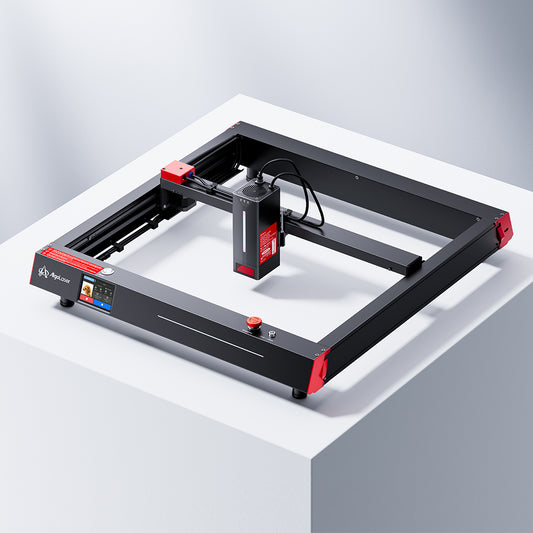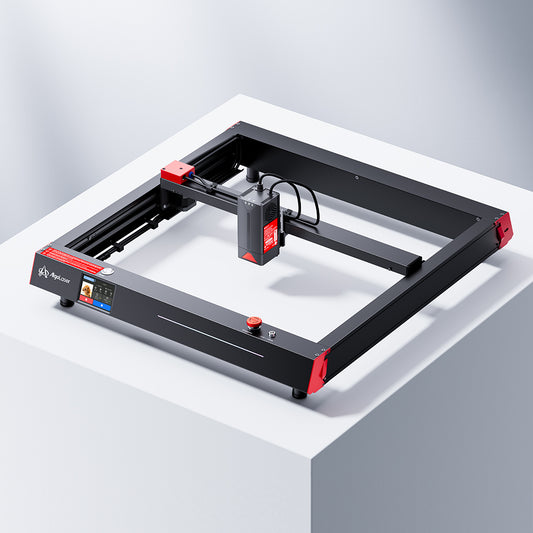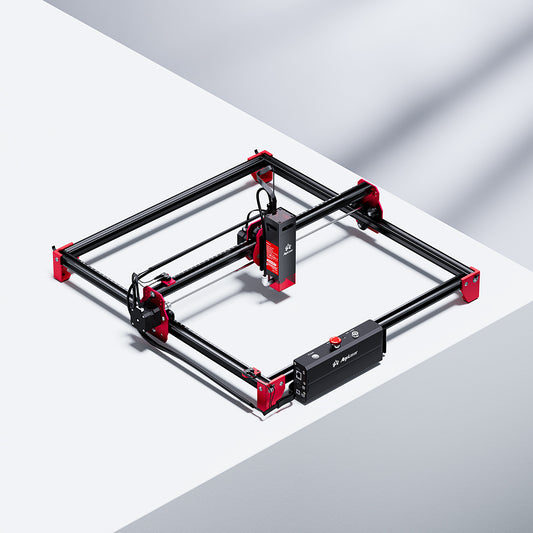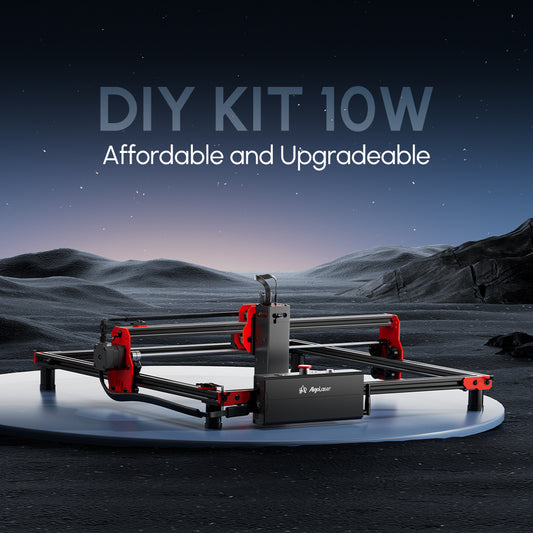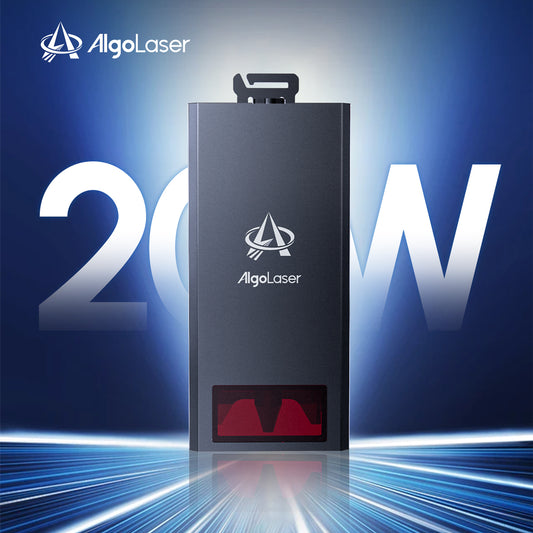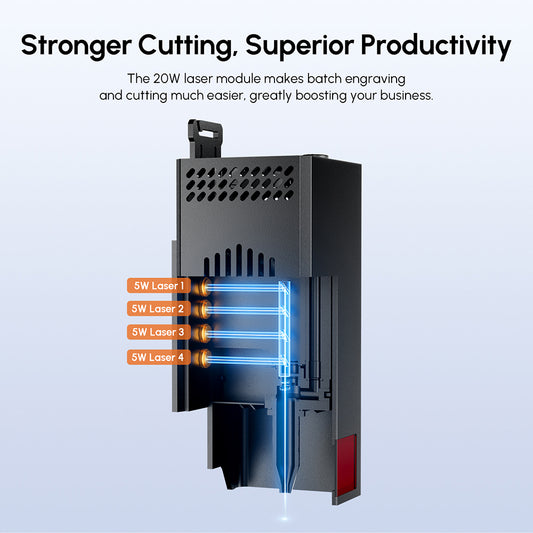Every successful project starts with preparation. In the world of laser engraving, that means having the right design files ready and transferring them to your machine.
1. Insert the USB plug into both the computer and the machine. This creates a bridge between your design software and the engraver.
2. On the engraver’s touchscreen, click the settings button, then select "USB File Transfer."
3. Once the connection is successful, a new USB drive window will pop up on your computer.
4. Simply copy and paste the prepared drawings—in this case, the fishing toy shapes and the base plate—into the popped-up USB drive.
5. Wait for the file transfer to complete. This ensures no data corruption or missing lines in your design.
6. Once done, click the back button on the screen to safely disconnect the USB connection.
7. Finally, return to the home page of your laser engraver’s touchscreen.
Pro tip: Always double-check your design before sending it to the machine. Look for overlapping lines, gaps, or shapes that might be too small for plywood. A fishing toy works best when the shapes are clear, sturdy, and smooth.







